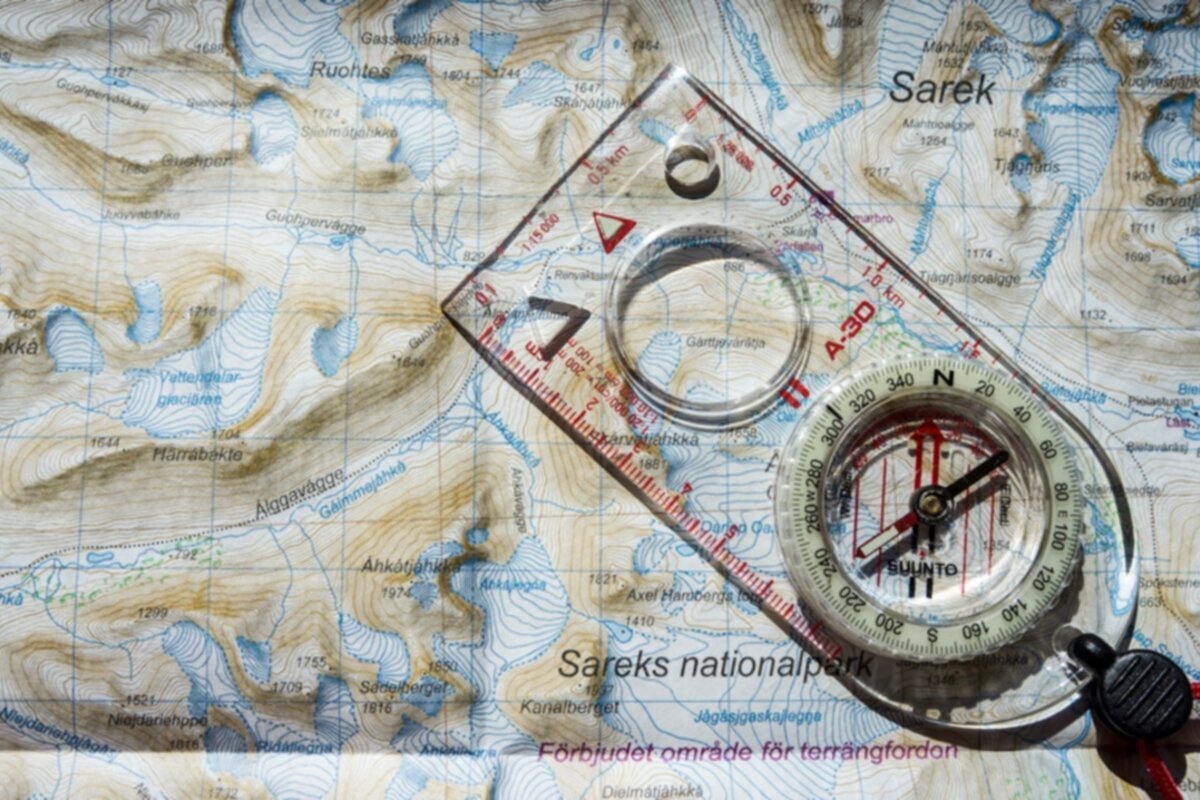Five years ago, elite orienteers trained primarily on feel and experience. Today, every session generates gigabytes of data, from GPS tracks to heart rate variability to route choice analysis.
The transformation has been swift and comprehensive, but not without controversy.
The Numbers Game
Modern training platforms can analyze everything: optimal approach angles, speed variations through terrain types, even micro-navigation decisions that cost or save seconds.
“We can see exactly where athletes lose time compared to optimal routes,” explains Dr. Sarah Chen, sports scientist with the Swiss national team. “But interpretation requires deep orienteering knowledge.”
Human vs. Machine
The challenge isn’t collecting data — it’s knowing what matters. Some coaches worry about over-analyzing, arguing that intuitive decision-making suffers when athletes become too reliant on post-training statistics.
Several top athletes now train with minimal technology, using traditional methods to maintain their “feel” for navigation while incorporating data analysis for specific technical issues.
The Cost Factor
Advanced training technology isn’t cheap, creating potential gaps between well-funded and grassroots programs. Some federations have developed shared resources, while others struggle to keep pace.
The democratization of basic GPS tracking has helped, but sophisticated analysis software remains expensive and complex.
Future Implications
As artificial intelligence capabilities grow, even more sophisticated analysis becomes possible. Pattern recognition could identify navigation tendencies that human coaches miss.
The question facing the sport: How much technology is too much?
